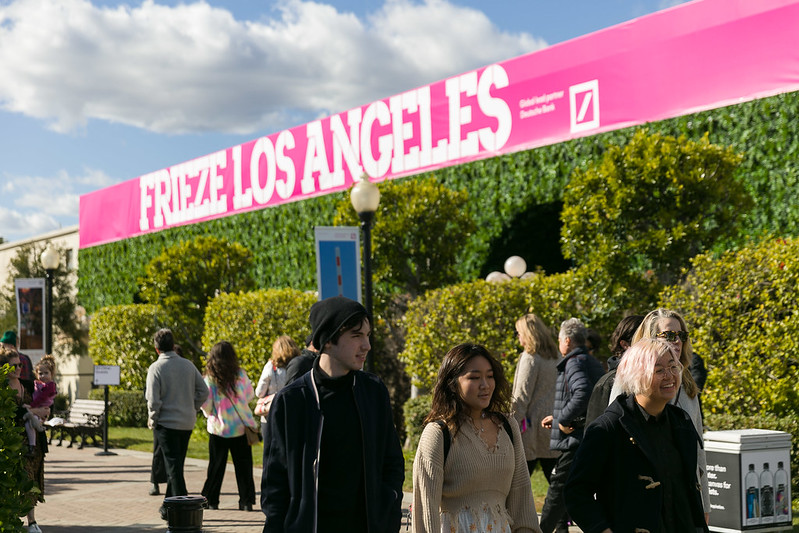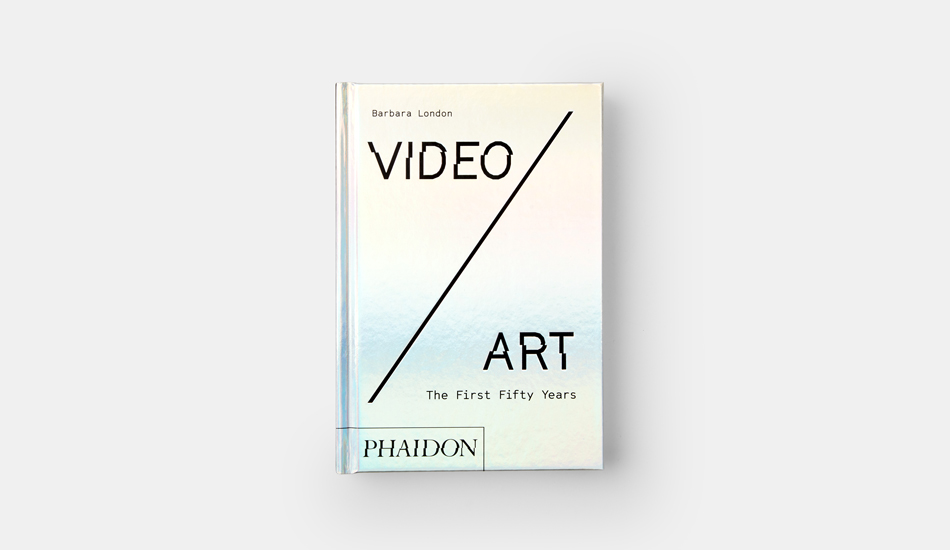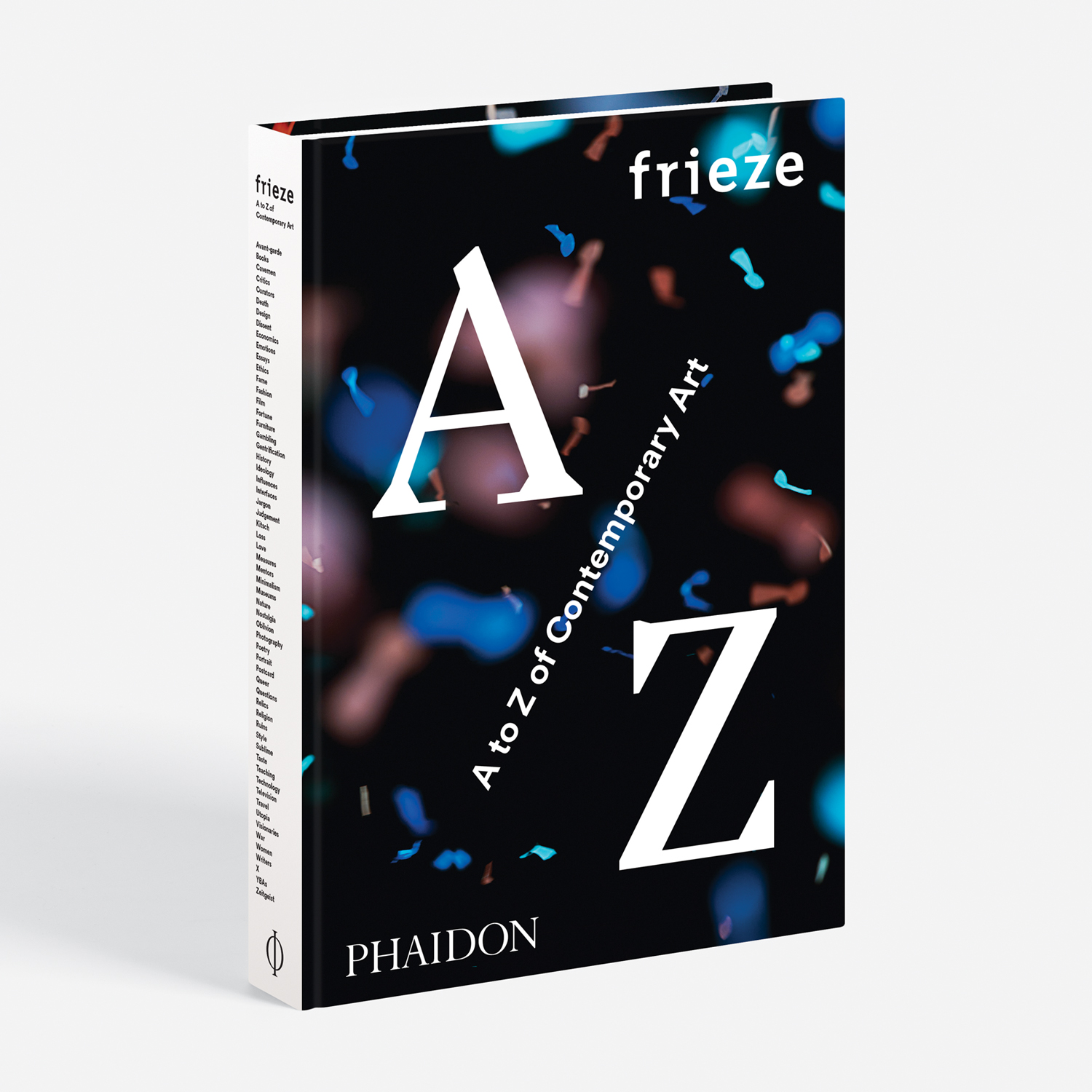
Frieze Los Angeles zooms in on video art
Next month's art fair draws on LA's moving-image heritage. If you're going, we have a book you should read first!
Frieze Los Angeles takes place in a city better known for its moving images than its white cubes, and so it shouldn’t come as too big a surprise to learn that this year’s fair, taking place 14-16 February, will major on video art. Nevertheless, it's a welcome surprise when interest in the medium is to fore, once again.
The fair’s organisers have drawn on Frieze’s location by enabling the artists Vincent Ramos and Channing Hansen to work with the archive of Paramount Pictures Studios, to deepen the program’s engagement with its setting.
Ramos will present a site-specific installation investigating both the absence and presence of the Mexican and Mexican-American experience within Hollywood, specifically through Paramount Pictures movies, while Hansen will step back from the screen, to offer a performance and textiles piece, inspired, in part, by old episodes of Star Trek (which was, at one time, a Paramount property).
And these aren’t the only Frieze Projects artists combining the moving image with contemporary art. The Brazilian artist Jonathas de Andrade will show a video work taking an intimate look inside people’s wallets and their contents, providing a broad portrayal of people living in Brazil across gender, race and class.

New York artist Lorna Simpson will collaborate with a group of African American ballet dancers on a two-channel video, addressing issues of gender, identity, memory and representation.
And the Mexican artist Mario García Torres will present video and installation weaving together film of an infamous 1981 incident in which Muhammad Ali talked a suicidal jumper off the ledge of a building in LA soundtracked by the hit song Jump by Californian rock band, Van Halen.
All in all, that’s quite a starry tribute to the city. For more on the origins and development of video art, get Video/Art: The First Fifty Years. In this book Barbara London, the curator who founded MoMA's video program, recounts the artists and events that defined the medium's first half century. For more from Frieze, get this book.
